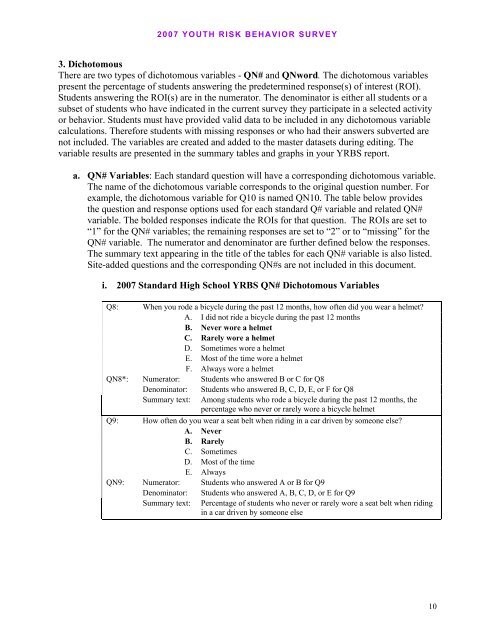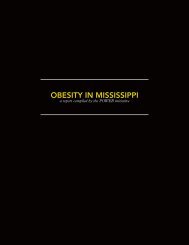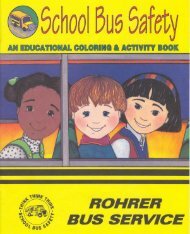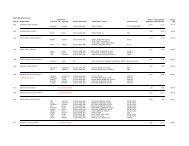Data User’s Guide
Data User's Guide
Data User's Guide
- No tags were found...
You also want an ePaper? Increase the reach of your titles
YUMPU automatically turns print PDFs into web optimized ePapers that Google loves.
2007 YOUTH RISK BEHAVIOR SURVEY3. DichotomousThere are two types of dichotomous variables - QN# and QNword. The dichotomous variablespresent the percentage of students answering the predetermined response(s) of interest (ROI).Students answering the ROI(s) are in the numerator. The denominator is either all students or asubset of students who have indicated in the current survey they participate in a selected activityor behavior. Students must have provided valid data to be included in any dichotomous variablecalculations. Therefore students with missing responses or who had their answers subverted arenot included. The variables are created and added to the master datasets during editing. Thevariable results are presented in the summary tables and graphs in your YRBS report.a. QN# Variables: Each standard question will have a corresponding dichotomous variable.The name of the dichotomous variable corresponds to the original question number. Forexample, the dichotomous variable for Q10 is named QN10. The table below providesthe question and response options used for each standard Q# variable and related QN#variable. The bolded responses indicate the ROIs for that question. The ROIs are set to“1” for the QN# variables; the remaining responses are set to “2” or to “missing” for theQN# variable. The numerator and denominator are further defined below the responses.The summary text appearing in the title of the tables for each QN# variable is also listed.Site-added questions and the corresponding QN#s are not included in this document.i. 2007 Standard High School YRBS QN# Dichotomous VariablesQ8: When you rode a bicycle during the past 12 months, how often did you wear a helmet?A. I did not ride a bicycle during the past 12 monthsB. Never wore a helmetC. Rarely wore a helmetD. Sometimes wore a helmetE. Most of the time wore a helmetF. Always wore a helmetQN8*: Numerator: Students who answered B or C for Q8Denominator: Students who answered B, C, D, E, or F for Q8Summary text: Among students who rode a bicycle during the past 12 months, thepercentage who never or rarely wore a bicycle helmetQ9: How often do you wear a seat belt when riding in a car driven by someone else?A. NeverB. RarelyC. SometimesD. Most of the timeE. AlwaysQN9: Numerator: Students who answered A or B for Q9Denominator: Students who answered A, B, C, D, or E for Q9Summary text: Percentage of students who never or rarely wore a seat belt when ridingin a car driven by someone else10







